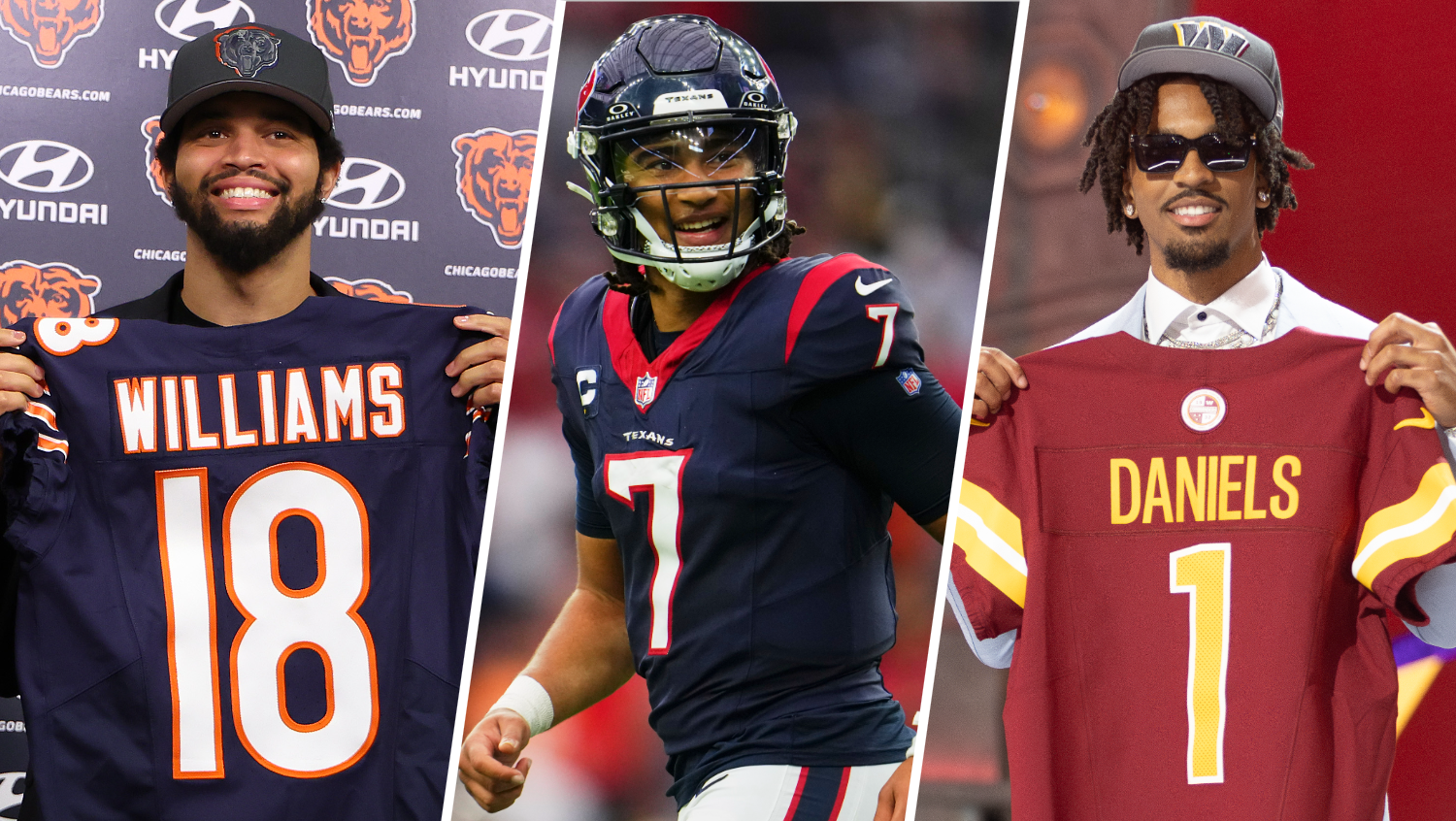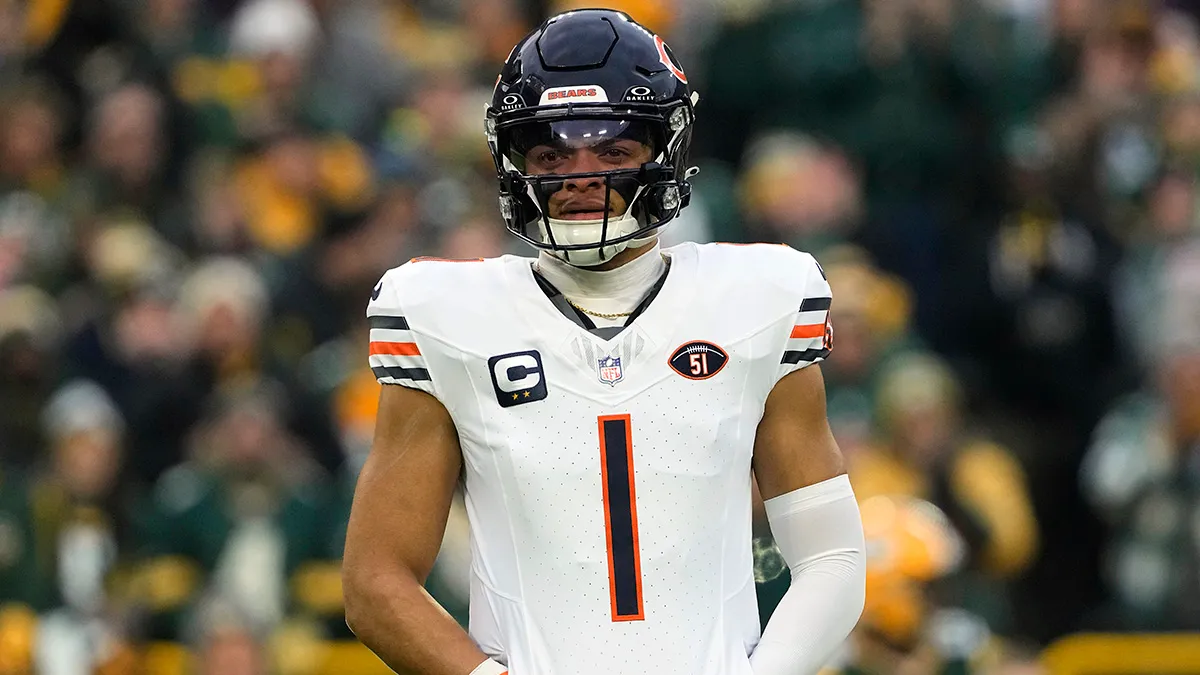From the preseason through Week 18, we broke down the best players and worst performers after each and every Bears game. There were falls from grace and zero to hero storylines. Unexpected contributors emerged. Each week brought a new batch of impact players, both good and bad. Now that the regular season has been over for nearly a month and changes on the team are already underway, it’s time to look at who the best and worst Bears players were over the course of the full season. Many names won’t appear on these lists. The regular season is a roller coaster, and for many players those ups and downs level out to even.
These are the true studs of 2023. Stay tuned for the duds in an upcoming story.
ANDREW BILLINGS
Stay in the game with the latest updates on your beloved Chicago sports teams! Sign up here for our All Access Daily newsletter.
When the Bears signed Billings to a one-year deal over the offseason, the assumption was that he’d primarily help the team as a run stuffer while rookie tackles Zacch Pickens and Gervon Dexter developed. But Billings bought into the Bears’ plan to transform his body and he surprised as the team’s most effective backfield disruptor in the early stages of the season. That’s not what one would expect from a nose tackle in this defense. Billings finished the year with a 21.5% pass rush win rate on true pass sets, which led the team. His 1.4-yard average depth of tackle also led the team. Now Billings is the future of the Bears at nose tackle. The team signed him to an extension partway through the year that will keep him in Chicago through the 2025 season.
JAQUAN BRISKER
Brisker followed up an impressive rookie campaign with more big plays in 2023. He remained one of the team’s best playmakers with one interception, two forced fumbles, one fumble recovery, nine passes defended and 105 tackles. Outside the numbers, Brisker developed better discipline in the run game and was burned in coverage less. That all-around solid play made him a reliable contributor no matter whether he lined up deep or in the box. His 17-tackle performance in Week 14 against the Lions was incredible to behold. Brisker seemed to be near the ball on every single play that day.
TREMAINE EDMUNDS
NFL
Edmunds missed most of the summer programs due to injury, which may have played a role in his slow start to the season as a ballhawk. But once Edmunds started turning the ball over, he was a takeaway machine. Over a seven week stretch (not counting two games missed in the middle due to injury), Edmunds intercepted four passes, had one forced fumble, one fumble recovery and one touchdown. His 113 tackles were second only to his partner in the middle (and the next man on this list). It was really the ball production that demonstrated why the Bears opted to pay him big bucks rather than Roquan Smith, though.
T.J. EDWARDS
Edwards didn’t receive the same attention as Montez Sweat or Tremaine Edmunds, but one could make the case that he was the most impactful addition on the defense this year. Edwards did everything the team needed, in run and pass defense, and he did it at an extremely high level. He was responsible for a stop on 10% of his run defense snaps, which was the highest rate on the team. His pass rush win rate on true pass sets was 16.2%, just half of a percent under Sweat. He notched double-digit tackle numbers in eight of 17 games and led the team with 155 total tackles. He led the Bears with 1,042 snaps and remarkably he was never flagged for a penalty. The next player on the Bears defense who made it the entire year without drawing a flag was Zacch Pickens, and he only played 264 snaps. On top of that all, Edwards came down with three interceptions, two fumble recoveries, one forced fumble and added 2.5 sacks.
KYLER GORDON
The decision to have Gordon play both slot corner and outside corner in his rookie season likely played a role in his struggles to adjust to the NFL in 2022. The team decided to have him play inside exclusively in 2023, and Gordon thrived with his new, focused job. The most noticeable aspect of Gordon’s game was the instincts he showed to make plays in the run game, especially when he was asked to line up near the line of scrimmage. His 2.2-yard average depth of tackle was second best among Bears back-seven players, behind Jack Sanborn who came in at 2.1 yards. Gordon was a playmaker in coverage, too. He defended the middle of the field well and finished the year with two interceptions and six PBUs. Gordon’s 9.1 yards/reception allowed also ranked second on the team behind Jaylon Johnson, who finished the year with a great 7.8 yds/rec mark.
JAYLON JOHNSON
It’s hard to overstate how well Johnson played in 2023. He was always known as a shutdown corner in coverage, but his takeaway numbers didn’t match his other production. That changed as Johnson intercepted four passes, forced one fumble and scored one touchdown. It’s not like Johnson took more chances to create more takeaways, either. His 33.3 passer rating allowed when targeted led all NFL corners with a minimum of 100 pass coverage snaps. His 50% completion rate allowed tied for sixth-best in the same group. His 20.2 snaps/rec allowed was fifth-best. On the rare occasions that Johnson did give up a catch, he largely limited the damage. Johnson’s 7.8 yards/rec allowed was the ninth-best mark. Truly an exceptional season for the talented corner. For his efforts, Johnson was the only Bears player to earn All-Pro honors in 2023.
COLE KMET
Over the summer, Kmet became the first player to earn a contract extension from Bears GM Ryan Poles and Kmet did not disappoint. The fourth-year tight end continued to develop as an in-line blocker, which in turn helped him to work as a leaking pass-catching option on play action concepts. Kmet wasn’t a one-trick pony TE, and worked well as a receiver in the screen game, down the seams and in the middle of the defense. He also became a reliable target for Justin Fields in key moments like third down. The result was the best receiving season of Kmet’s career: 76 catches for 719 yards and six touchdowns.
DJ MOORE
When Ryan Poles traded for Moore back in March the expectation was that he’d step in as the WR1 the team lacked since Allen Robinson’s sudden dropoff in 2021. Moore surpassed even the loftiest expectations by putting together career numbers across the board. His 96 catches, 1,364 yards and eight touchdowns were all personal bests. Further, his 1,364 yards ranked fourth-best in franchise history, his 70.6% catch rate was third-best (min. 100 targets), and his eight touchdowns are tied for 15th-most in a Bears single season.
Moore had great success thanks to his ability to make an impact in several areas of the pass game. He’s best-known for his playmaking skills with the ball in his hands, and racked up big gains on screen passes or quick passes in the middle of the field. Moore also proved to be the team’s most reliable deep threat and came down with many contested catches in tight coverage. He showed that he can do it all in his first season in Chicago, and showed why Poles was eager to include him in the deal that sent the No. 1 overall pick to Carolina last year.
CAIRO SANTOS
Santos was already the most accurate kicker in Bears history entering 2023. He added extra distance to his game over the year that took his value to the team to the next level. Santos hit a career-high seven field goals from 50+ and his only miss from that range was a “monster” kick attempt– meaning it was beyond the typical kick line for the day– with time expiring in the first half.
Santos finished the year with a 92.1% hit rate on field goals, the second-best mark in Bears history and trailing only his 93.8% season in 2020. His 90.4% field goal rate over the course of his full Bears career is now a full 5% higher than Robbie Gould’s 85.4% career mark.
The Bears rewarded his efforts with a contract extension just before Christmas.
MONTEZ SWEAT
The term “multiplier” gets thrown around for many players around the league and usually it’s a bit of hyperbole. In Sweat’s case it was absolutely true. The Bears traded for Sweat ahead of Week 9’s game against the Saints, and the impact was nearly immediate. Sweat single-handedly boosted the pressure from the front four, not only from his own production, but by demanding more attention from opposing offenses, which in turn allowed his teammates to draw more one-on-one matchups. That increase in pressure then helped the secondary in a couple of ways. First, it allowed Matt Eberflus to dial up fewer blitzes and drop more players into coverage more often. Second, it sped up the clock for opposing QBs and led to more poorly-thrown balls for interception opportunities.
From Weeks 1-8, before the Sweat trade, the Bears had 10 sacks and six interceptions. From Weeks 9-18, after the Sweat trade, the Bears had 20 sacks and 16 interceptions. That big jump is not a coincidence.


